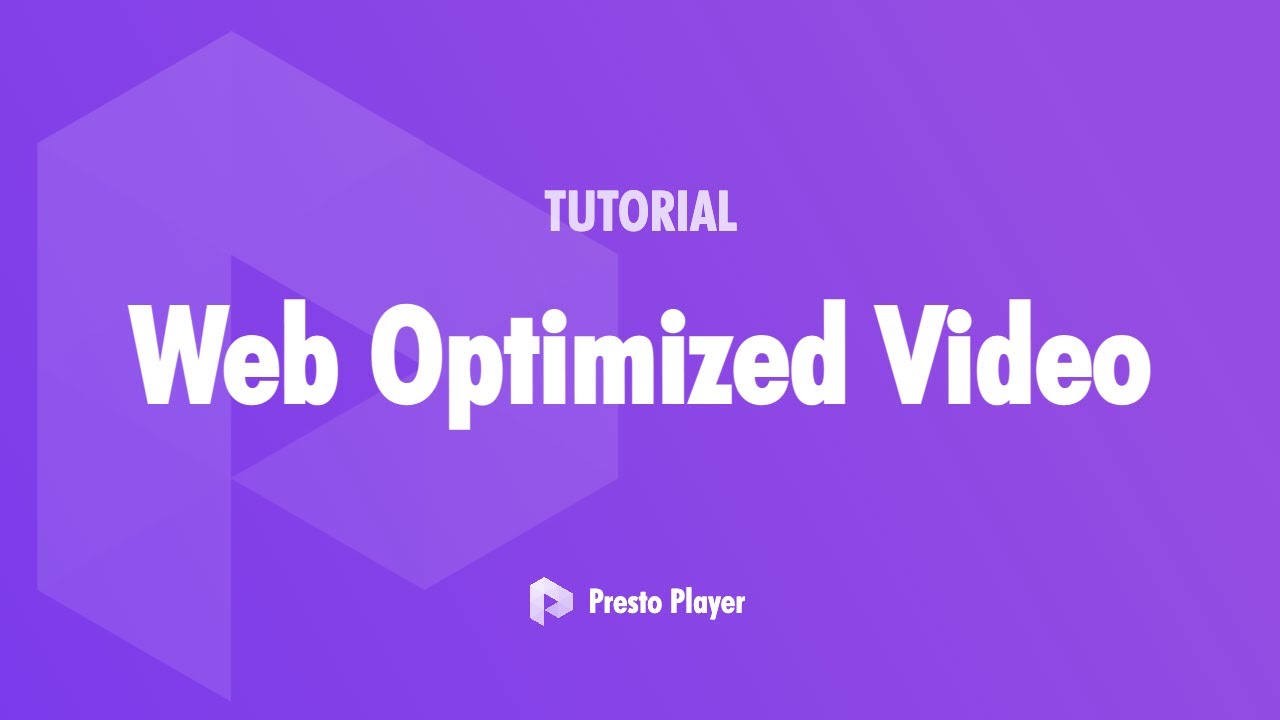
Video content is a great way to convey information and engage users on your website. However, if not optimized correctly, online videos can cause performance issues and undermine user experience.
Optimizing video content is also a good way to reduce your website’s environmental impact. Here are some tips to get you started:
Optimize a video for mobile
Video is becoming an increasingly important part of online marketing. With the rise of mobile devices, it’s essential that your videos perform well on these smaller screens. A video Schema markup can help you reach new audiences and boost your SEO rankings.
Optimizing video for a website can be difficult, but it’s worth the effort. It can make your videos more appealing to a wider audience and increase their viewing time. It can also increase conversions, which is important for businesses that rely on eCommerce sales.
The first step in optimizing video for a website is to make sure it’s compatible with mobile devices. This can be done by formatting the video to be compatible with different resolutions and compressing it so that it isn’t too large.
Next, you should make sure that it loads quickly on mobile devices. Having a slow page load speed can discourage visitors from sticking around for long. In addition, Google algorithms are becoming more strict about site speeds, so you want to keep your pages as fast as possible.
It’s also important to ensure that your videos are accessible to viewers who may be deaf or hard of hearing. By using closed captions and other visual elements, you can ensure that everyone can see and understand your content.
You should also add text to your videos so that they’re easy to read on a mobile device. This will make it easier for users to absorb information and take action, especially if they choose to watch your video with sound on.
Another important factor is the length of your video. Shorter videos are more likely to be watched and shared. Ideally, you should try to keep your video under two minutes.
You should also make it easy for people to share your video with others. For example, you should use a call-to-action button that allows people to share the video on social media or visit your website. This will encourage people to share your content with their friends and help you build an audience.
Optimize a video for speed
Video is a great way to enhance the user experience of your website. However, if your videos are not optimized properly, they may negatively impact the performance of your site.
In a world where 40% of web users abandon a page that takes more than 3 seconds to load, it is essential to optimize your video for speed to avoid losing customers. There are a few ways you can optimize your videos for speed, which will help ensure that you keep your visitors on your site and boost your conversions.
First, make sure that your videos are sized correctly. This will allow your browser to allocate the correct bandwidth without having to do any extra work. This is particularly important when your video contains complex animations and other elements that require more bandwidth than usual.
Another key step to optimizing your video for speed is to use formats that allow for file compression. This will save your server a lot of time by reducing the file size and increasing its loading speed.
You can also use video CDNs to make sure your videos are served quickly and efficiently by a network of servers around the world. This will reduce the overall time it takes for your website to deliver content, which can drastically improve user experience and conversions.
It is also essential to defer your videos from loading until the web page has loaded completely. Having them play right away when a user lands on the page is usually the reason that they tend to slow down your page load times.
A good tip is to always optimize your videos before uploading them to your website, as it will minimize the effect they have on your site’s loading speeds. This will not only improve your conversions, but also increase your website’s ranking in search engines.
The best place to start is by running your website through Google PageSpeed Insights. This will give you an accurate and detailed diagnosis of your page’s loading speed and help you identify areas where you can improve it.
Optimize a video for SEO
A video is one of the most powerful forms of content on the web. In fact, about one-third of all online activity is spent watching videos. According to Ihor Lavrenenko video Schema markup on your website is a great way to engage your audience and boost SEO.
However, it’s important to make sure that your video is optimized for SEO so that it will be able to reach the most relevant audiences. There are many ways that you can optimize your video for search, from the title to the description.
The title of your video can be your most powerful tool when it comes to search engine optimization, so make sure that you choose a catchy and relevant name for your video. This title is also what will appear on the search engine results page, so make it as informative as possible and include keywords that are relevant to your video topic.
Your video description is another place to add keywords and to engage your audience. You can include up to 1000 characters, which is enough room for you to describe your video and incorporate some of your key points.
You can also use your video description to link back to your main page and to other content on your site. This helps to build backlinks and increases the likelihood of your video being ranked in search.
Adding a timestamp to your video is another simple but effective way to improve the ranking of your content on Google. This enables Google to crawl your video content faster, and will help it determine its overall rank and position.
When you are optimizing your video for search, you need to be aware that the longer the content is, the more likely it is to take up valuable real estate on Google’s search engine results pages (SERPs). As a result, it’s important to keep your videos under three minutes in length.
To boost your SEO, you can also create dedicated video pages that contain the transcript of your video. These pages will be listed on the Google Video results tab, which means that your video content will receive an extra source of inbound traffic from new users who are searching for video-related information.
Optimize a video for sharing
Video is a great way to connect with your audience and get their attention. It also provides them with an emotional connection. This can lead to a more engaged audience, and the potential for increased sales. However, there are a few things that you should know before you add any video to your website.
First, you need to consider your objectives for the video. It should be in line with what you want to accomplish, whether it’s a call to action, a demonstration of your product or service, or just something else.
Next, you need to decide how you want to display the video on your site. You can either build it into your site (called a background video) or embed it through a video player like YouTube, Vimeo, Wistia, or another similar platform.
In either case, you’ll need to ensure that the video is in the right file format and size for your website. This will help reduce buffering and increase user experience.
The size of the file will also affect how quickly it loads on your page. Larger files require more bandwidth and can take longer for the website to load.
You’ll need to choose a good hosting service for your videos, as some shared hosting accounts don’t handle large files well. This can cause your website to crash or lag when a lot of people are streaming your video at once.
It’s also a good idea to compress your videos, as this will reduce their size and speed up playback. This can save users a lot of time and improve their overall experience.
If you want to make your videos more shareable, you’ll need to optimize them for search engines. This includes ensuring that they’re in the right file format, size, and title and description tags. It’s also a good idea to include keywords and phrases that will help them rank on search engines.
Finally, you’ll need to optimize your videos for sharing on social media. This can help them get more engagement and a higher share count on platforms like Facebook, Instagram, Twitter, and YouTube. It can also make them more likely to appear on recommendation systems, which can drive more views and increase the likelihood of conversions.







